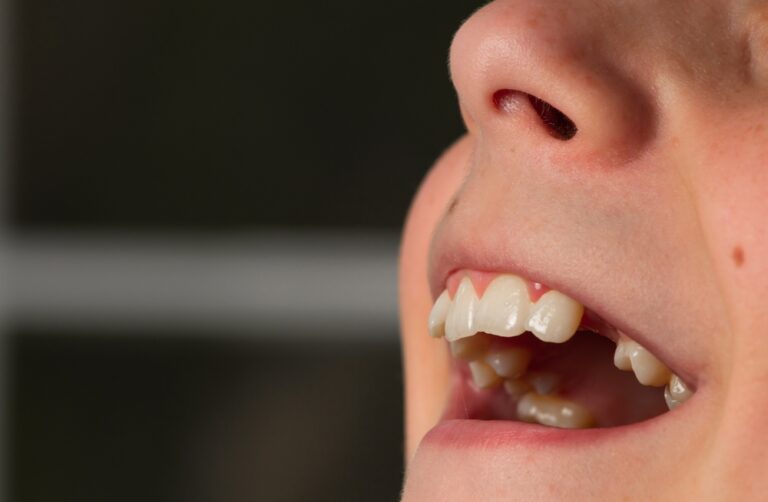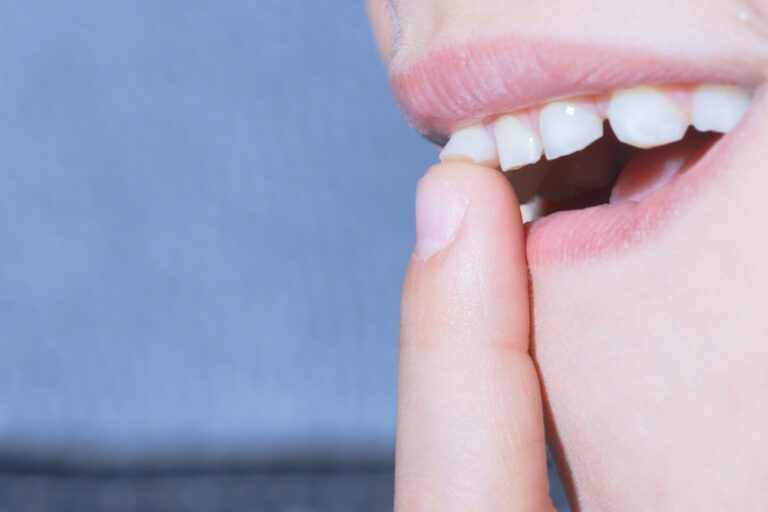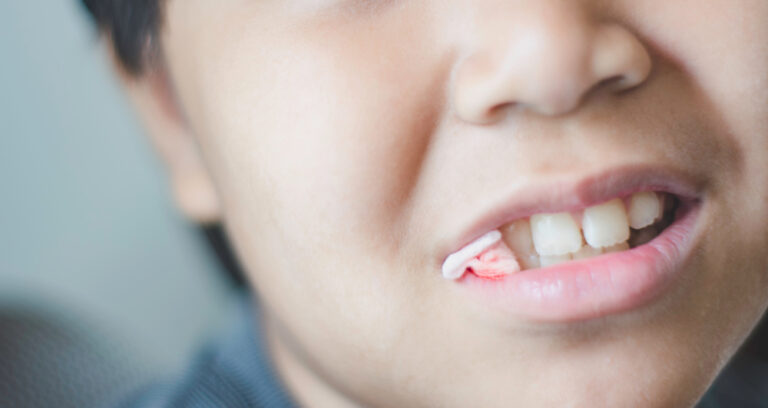When it comes to dental treatments, drilling a tooth is a common procedure that is often necessary to treat decay or cavities. However, not all cases of tooth decay require drilling. So, when should you drill a tooth?
The decision to drill a tooth depends on the extent of the decay. If the decay has progressed to the point where it has penetrated the enamel and dentin layers of the tooth, then drilling is necessary to remove the decayed material and prevent further damage. In this case, a filling or crown may also be necessary to restore the tooth’s structure and function.
On the other hand, if the decay is caught early enough, before it has caused significant damage to the tooth, drilling may not be necessary. In these cases, your dentist may recommend other treatments such as fluoride treatments, sealants, or changes to your oral hygiene routine to prevent further decay. It is important to visit your dentist regularly for checkups and cleanings to catch any signs of tooth decay early on and prevent the need for drilling.
Understanding Tooth Decay
Tooth decay is a common dental problem that affects people of all ages. It is caused by the buildup of plaque on your teeth, which can lead to cavities and other dental issues if left untreated. In this section, we will discuss the causes and symptoms of tooth decay.
Causes of Tooth Decay
Tooth decay is caused by a combination of factors, including poor oral hygiene, a diet high in sugar and carbohydrates, and certain medical conditions. When you eat sugary or starchy foods, the bacteria in your mouth produce acids that can erode your tooth enamel. Over time, this can lead to cavities and other dental problems.
Other factors that can contribute to tooth decay include dry mouth, which can be caused by certain medications or medical conditions, and acid reflux, which can cause stomach acid to erode your tooth enamel.
Symptoms of Tooth Decay
The symptoms of tooth decay vary depending on the severity of the condition. In the early stages, you may not experience any symptoms at all. As the condition progresses, you may notice the following:
- Tooth sensitivity to hot, cold, or sweet foods and drinks
- Pain when biting down or chewing
- Visible holes or pits in your teeth
- Discoloration or dark spots on your teeth
- Bad breath or a bad taste in your mouth
If you notice any of these symptoms, it is important to see a dentist as soon as possible to prevent further damage to your teeth.
Overall, tooth decay is a common dental problem that can be prevented with good oral hygiene and a healthy diet. By brushing and flossing regularly, avoiding sugary and starchy foods, and seeing your dentist for regular checkups, you can keep your teeth healthy and free from decay.
When to Consult a Dentist

If you’re wondering when to drill a tooth, it’s important to consult a dentist. Here are two situations where you should consider seeing a dentist:
Regular Dental Check-ups
It’s important to have regular dental check-ups to ensure that your teeth are healthy. During these check-ups, your dentist will examine your teeth and gums to identify any potential problems. If your dentist finds a cavity, they may recommend drilling to remove the decayed portion of the tooth.
Pain or Discomfort
If you’re experiencing pain or discomfort in your teeth, it’s important to see a dentist right away. Pain can be a sign of a cavity or other dental problem that may require drilling. Your dentist will examine your teeth and gums to determine the cause of the pain and recommend the appropriate treatment.
Remember, the best way to prevent the need for drilling is to maintain good oral hygiene habits, such as brushing twice a day, flossing daily, and visiting your dentist regularly. If you have any concerns about your dental health, don’t hesitate to schedule an appointment with your dentist.
Drilling Process
When you have a cavity or decay that cannot be treated with a filling, your dentist may recommend drilling your tooth. The drilling process involves removing the decayed portion of your tooth and filling it with a dental material.
Preparation
Before the drilling process begins, your dentist will numb the area around the tooth with a local anesthetic to minimize any discomfort. They may also use a rubber dam to isolate the tooth and keep it dry during the procedure.
Procedure
Once you are numb, your dentist will use a high-speed drill to remove the decayed portion of your tooth. They will carefully shape the cavity to ensure that the filling material will bond securely with your tooth. After the cavity is cleaned and shaped, your dentist will fill it with a dental material, such as composite resin or amalgam.
The drilling process usually takes about 30 minutes to an hour, depending on the size and location of the cavity. You may feel some pressure during the procedure, but you should not feel any pain.
Aftercare
After the drilling process, you may experience some sensitivity or discomfort in the treated tooth. This is normal and should subside within a few days. Your dentist may recommend over-the-counter pain relievers to manage any discomfort.
You should also avoid eating or drinking hot or cold foods and beverages for a few hours after the procedure. Your dentist may also recommend that you avoid chewing on the treated tooth until the filling has fully hardened.
Overall, the drilling process is a common and effective way to treat cavities and decay. If you have any concerns or questions about the procedure, be sure to discuss them with your dentist.
Alternatives to Drilling

If you’re not a fan of the anesthetic and drilling part of getting a cavity filled, you’re not alone. Luckily, there are alternative treatments available that can help you avoid the drill. Here are some of the most common alternatives:
Fluoride Treatments
Fluoride is a mineral that can help prevent tooth decay and even reverse it in its early stages. Your dentist may recommend a fluoride treatment if they notice signs of early decay during your check-up. Fluoride can be applied to your teeth in the form of a gel, foam, or varnish. It’s a painless and quick procedure that can help strengthen your teeth and prevent the need for drilling.
Sealants
Dental sealants are thin coatings that are applied to the chewing surfaces of your molars and premolars. They act as a barrier, protecting your teeth from decay-causing bacteria and acids. Sealants are particularly effective for children and teenagers, who are more prone to cavities in their back teeth. The application of sealants is a painless and quick procedure that can help prevent the need for drilling.
Fillings
If you do have a cavity that needs to be filled, there are alternatives to traditional metal fillings. Tooth-colored fillings, also known as composite fillings, are made from a mixture of plastic and glass. They can be matched to the color of your teeth, making them virtually invisible. Another option is silver diamine fluoride (SDF), an FDA-approved liquid that can be used to treat cavities without drilling. SDF is a painless and non-invasive procedure that can be a good option for children and adults who are afraid of the drill.
Overall, there are several alternatives to drilling that can help you maintain healthy teeth and avoid unnecessary pain and discomfort. Talk to your dentist about which options might be right for you.
Frequently Asked Questions
What is the procedure for drilling a tooth?
When you visit a dentist for a cavity, they will first numb the area around the tooth with a local anesthetic. Then, they will use a drill to remove the decayed portion of the tooth. After that, the dentist will fill the cavity with a filling material to restore the tooth’s function.
Is drilling necessary for all cavities?
No, not all cavities require drilling. If the cavity is in its early stages and is not deep, your dentist may be able to treat it with fluoride or other non-invasive methods. However, if the cavity is deep and reaches the inner layers of the tooth, drilling may be necessary to remove the decayed portion of the tooth.
What are the alternatives to drilling for cavity treatment?
There are some alternatives to drilling for cavity treatment, such as fluoride treatment, sealants, and remineralization therapy. However, these alternatives are only effective for early-stage cavities that have not yet reached the inner layers of the tooth. If the cavity is deep, drilling may be necessary to remove the decayed portion of the tooth.
How can I manage pain during tooth drilling?
Your dentist will numb the area around the tooth with a local anesthetic before drilling, so you should not feel any pain during the procedure. However, if you experience any discomfort or pain, you can let your dentist know, and they can adjust the anesthesia as needed.
Can teeth be drilled for cosmetic reasons?
Yes, teeth can be drilled for cosmetic reasons, such as to reshape or contour the teeth. However, this is usually considered a cosmetic procedure and is not necessary for the health of the tooth.
At what stage of a cavity should a tooth be drilled?
A tooth should be drilled when the cavity has reached the inner layers of the tooth and is causing pain or sensitivity. If the cavity is left untreated, it can lead to further decay, infection, and even tooth loss. It is important to visit your dentist regularly to catch cavities in their early stages and prevent the need for drilling.







